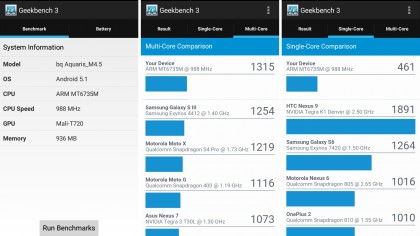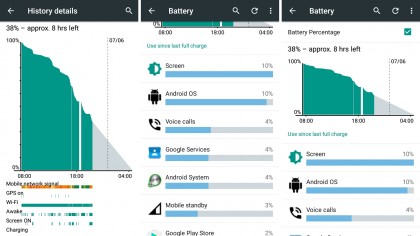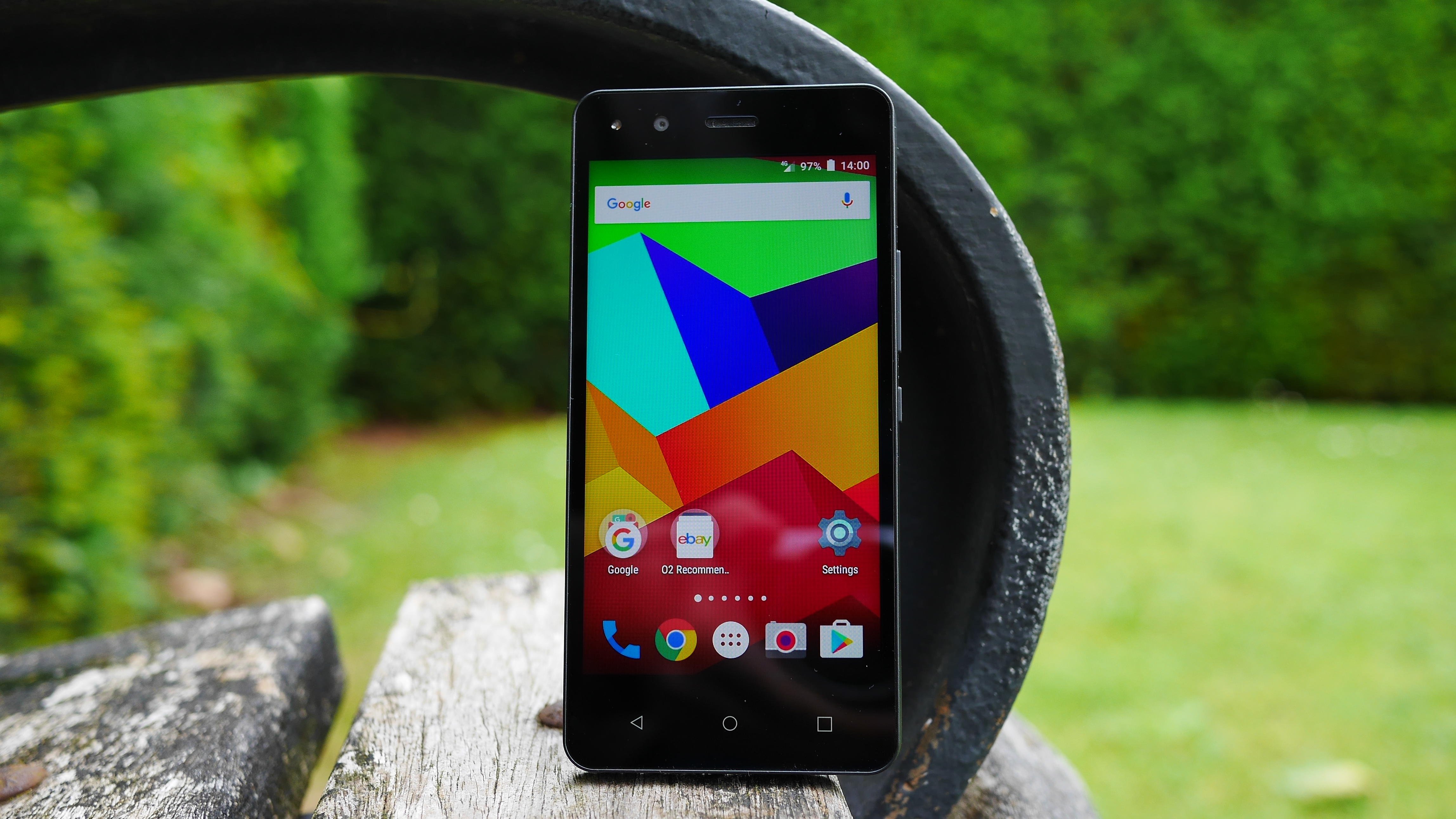Why you can trust TechRadar
Specifications have long defined the smartphone wars. Whoever has the faster processor, higher resolution screen and so on is deemed to win whatever battle is currently taking place, only for the conflict to continue endlessly.
What smart manufacturers have begun to notice, as Apple arguably has done from the start, is that the notion of experience is just as important as the numbers on paper, if a great deal harder to define.
With an unknown, relatively anaemic SoC, the Aquaris M4.5 certainly isn't set up to wow in this regard.

The device is powered by a MediaTek MT6735M Cortex-A53 quad core processor, running at up to 1GHz, so nothing to set the world on fire. Though there are several options available from the manufacturer directly, including one with 2GB of RAM, the PAYG version provided by O2 has 1GB of RAM.
As for the experience this provides, it can be quite variable. In most conditions, aided by the almost stock software experience, the Aquaris M4.5 flies when navigating the OS.
Opening and closing apps leads to some stutter if done too quickly, and poorly optimised system hogs like Facebook are quite a drag. Multi-tasking is generally…ok. Juggling too many apps is an obvious issue, but moving between say, three to five applications is perfectly feasible if done gently.

Gaming on the Aquaris M4.5 is just about acceptable – that is if you plan in indulging an Angry Birds habit. Though this handset will load more demanding titles, it will certainly groan while doing so, dropping frames the entire time.
Sign up for breaking news, reviews, opinion, top tech deals, and more.
Generally, once I had adjusted my expectations, I found I had very few problems with the chipset, though I am admittedly quite a light user. When updated to Marshmallow this situation will likely improve, given the new optimisations built in.

Geekbench 3, a general, objective measure of processing power, rates the single core performance of the Aquaris M4.5 at 461, coming out just slightly behind the Sony Xperia Z running a Qualcomm Snapdragon S4 Pro. The multi-core score is slightly stronger, although the ageing Sony is again the nearest contender.
Thankfully, the Aquaris M4.5 comes with 16GB of built-in storage, which is expandable via microSD card (which can be used while still retaining dual-SIM capabilities).
Around 11GB of this is available to the user. With the addition of adoptable storage with Android Marshmallow, this situation is likely to become even better.
Battery life
This year, the Samsung Galaxy S7 Edge set new standards for battery life, certainly for Android phones. That is the high end of course, and the Aquaris M4.5 doesn't belong in that tier.
Nonetheless, this is a very solid performer when it comes to battery life. With a 2470mAh cell crammed into its petite frame, I found that I could generally get around two days of use before a quick charge became a necessity.

Waking up at 7am, followed by a half hour commute, internet browsing, taking calls, receiving messages, streaming audio over Bluetooth, playing a few games and performing the odd Google search, I generally had between 30 and 35% battery left by midnight, which is really quite good.
This is in no small part due to the relatively anaemic processor and the low-resolution screen, but the results are no less pleasing. I found that the Aquaris M4.5 was a phone that I could rely on, that wouldn't die at inopportune moments, which was quite a liberating feeling.
Especially for a dual-SIM smartphone, this is an impressive showing.
Sean is a Scottish technology journalist who's written for the likes of T3, Trusted Reviews, TechAdvisor and Expert Reviews.
